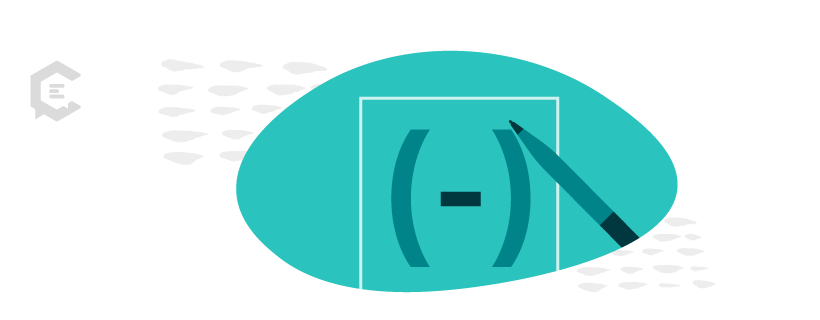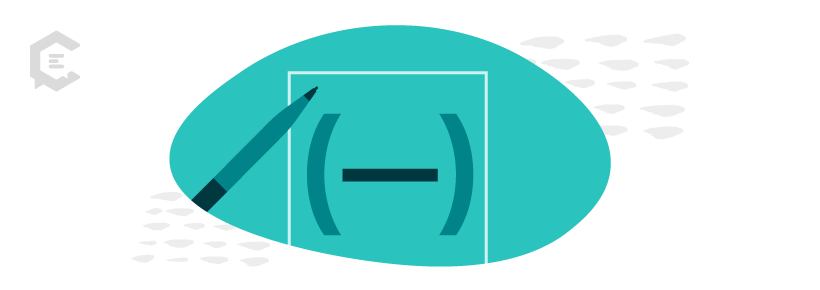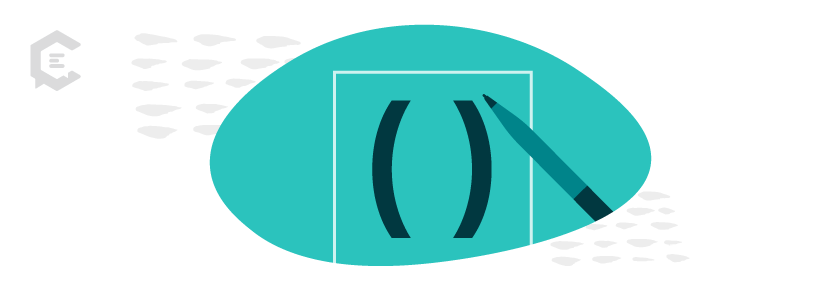Punctuation rules are the traffic laws of writing. Punctuation tells a reader when to slow down, pause, or stop completely. We all (hopefully) learned how to use punctuation basics while learning how to write, but punctuation has many specific rules that are often forgotten, overlooked, or taken for granted.
We know enough to get by, and that usually suffices. However, sometimes we make an error that has unfortunate consequences, and if we were to lose punctuation completely, the written word would fall into chaos. Like good grammar in general, proper punctuation ensures your writing conveys exactly what you mean.
Punctuation basics for hyphens, dashes, and parentheses
For now, we want to focus specifically on a few misunderstood punctuation basics that are sending our words into traffic jams and pile-ups: parentheses, dashes, and hyphens.

1. Hyphens
Dashes and hyphens are often mixed up or thought to be interchangeable, but they actually have very different uses in writing.
A hyphen (-) is the shortest of these marks. Its only use is for connecting two words. This is useful in a few instances:
Compound nouns are nouns made up of more than one word (not to be confused with compound words).
Example:
That article was a real eye-opener.
Eye-opener serves as one noun here, so it must be hyphenated.
Compound adjectives are multi-word (that’s one right there) phrases that modify a noun and are hyphenated in order to be grouped together.
Example:
The college offered both in-person and online classes.
In this instance, in-person serves as an adjective modifying classes. NOTE: If the sentence were to say, “The college offered classes in person,” that same phrase would not be hyphenated because it functions as a prepositional phrase, not an adjective.
2. Dashes
Now on to another one of those punctuation basics that trips up a lot of content marketers: the dash.
Any other straight line you see used as punctuation is a dash. One of the most important things to note is that there are actually two types of dashes: the en dash and the em dash. These are named because they are roughly the same width as the letters n and m, respectively.
En dashes (–) are longer than hyphens but shorter than em dashes; they also have the fewest uses. They are primarily used in ranges of numbers, such as 5:00–6:00 p.m. or 50–75 guests.
An em dash (—) is the longest of the dashes. In general, it causes the reader to stop in their tracks. A single em dash at the end of a clause draws focus to what follows it.
Example:
Anna dug around in the drawer until she found what she was looking for — an ornate old key.
In this sentence, the em dash forces the reader to stop before discovering what Anna was looking for, emphasizing the importance of the key.
The double dash is used to insert an abrupt aside into a sentence, again stopping the reader in their tracks.
Example:
They brought my favorite foods — including mashed potatoes — to the family potluck.
3. Parentheses
Parentheses ( ), like double em dashes, are used to insert an aside into a sentence, but they do so without interrupting the sentence’s flow.
Example:
This sweater is my favorite color (green), which is why I love it.
Parentheses are generally considered more formal than the double em dash, but otherwise, these two are basically interchangeable. NOTE: Parentheses still use surrounding punctuation, while em dashes do not.
Examples:
This sweater is my favorite color (green), which is why I love it.
This sweater is my favorite color — green — which is why I love it.
So what might a sentence look like with all of these marks used correctly?
Her sister (the older one) got a job hosting an early-morning radio show — from 3:00–4:00 a.m.
Tired of worrying about grammar and typos? ClearVoice’s talented team of writers can create flawless copy for you that helps you attract and retain readers. Talk to a content specialist to get started.





